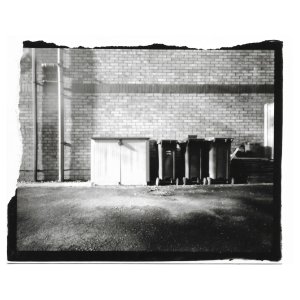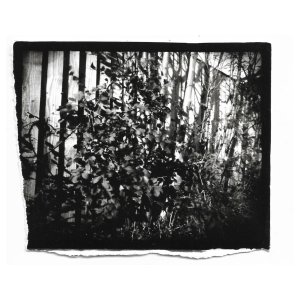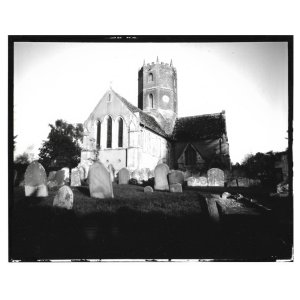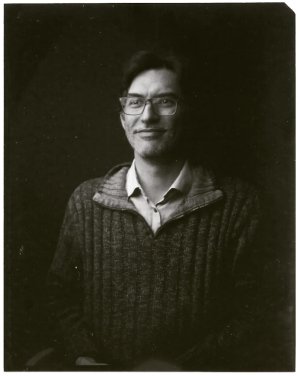Dave Walker
Active Member
Hello all,
After a Summer of RA4 colour reversal images in my Pinsta pinhole camera, I decided to turn my attention to Black and White reversal. After some early successes with Dichromate bleach, I set about trying to find a less toxic method of achieving nice results and I think I've cracked it.
Using an Ilford-recommended bleach (potassium permanganate and sulphuric acid) that is used for film reversal, I have managed to dial-in my pinhole images and I'm thrilled with the results. These are using Kentmere VC Select RC paper. The ones with torn edges are 4x5 and the church is 10x8 (using the Pinsta expander back).
If anybody's interested in the details of the process, I intend to write up an article for 35mmc soon, but will happily share details ahead of publication to anybody who wants them.
These are unedited scans.


After a Summer of RA4 colour reversal images in my Pinsta pinhole camera, I decided to turn my attention to Black and White reversal. After some early successes with Dichromate bleach, I set about trying to find a less toxic method of achieving nice results and I think I've cracked it.
Using an Ilford-recommended bleach (potassium permanganate and sulphuric acid) that is used for film reversal, I have managed to dial-in my pinhole images and I'm thrilled with the results. These are using Kentmere VC Select RC paper. The ones with torn edges are 4x5 and the church is 10x8 (using the Pinsta expander back).
If anybody's interested in the details of the process, I intend to write up an article for 35mmc soon, but will happily share details ahead of publication to anybody who wants them.
These are unedited scans.





